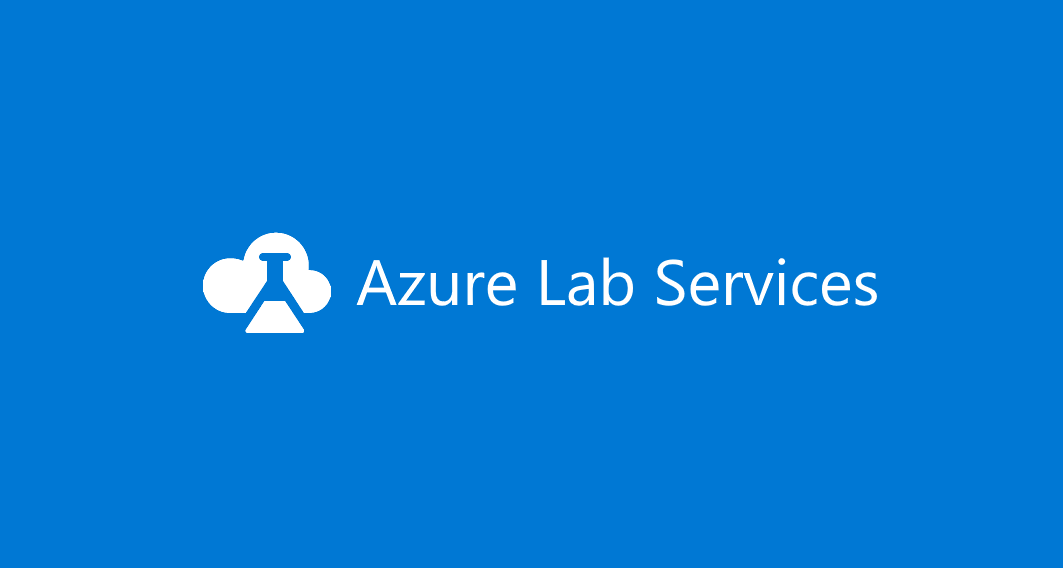Optimizing Azure ExpressRoute with the Well-Architected Framework
Published Tuesday, June 28, 2022

The Azure Well-Architected Framework assists architects in the creation and review of their cloud workloads with guidance spanning five pillars – reliability, security, cost optimization, operational excellence, and performance efficiency. These are cross-cutting and cover the entire scope of all workloads. Additionally, it’s often beneficial to focus on core enablement services of cloud workloads, and the Well-Architected Framework also delivers targeted, service-specific guidance on such key cloud components.
Today we’re going to be looking at the Azure ExpressRoute guide. Like all the Well-Architected Framework service guides, the Azure ExpressRoute guide delivers checklists and recommendations across the same five pillars, but with a focus on enterprise connectivity to Azure from your network. This connectivity supports your workloads that depend on the reliability, faster speeds, consistent latencies, and higher security offered by ExpressRoute than typical connections over the Internet. If you’re just planning your ExpressRoute enablement or already have it deployed, using the checklists and recommendations from this guide can help you identify opportunities to optimize this critical network infrastructure component and to make sure you stay on the right path.
Scenario
Your enterprise architects have read the Cloud Adoption Framework’s guidance on Network topology and connectivity, and your organization has committed to moving forward in connecting the network you manage in your colocation facility to Azure. You’ve been tasked with delivering the network architecture and implementation plan for final approval.
Networking is a crucial component to support the business applications that are running in Azure and in your co-lo that depend on hybrid connectivity. And in this case, one of the applications traversing this connection will be your company’s SaaS solution it hosts and sells. You are clearly planning on prioritizing reliability and operational excellence in this network architecture.
Since ExpressRoute is going to be at the center of this enablement, you turn to the Well-Architected ExpressRoute guide to review the checklist-style advice offered. Using the guide’s reliability and operational excellence content, plus incorporating key recommendations items from the other three pillars, you ensure your network architecture aligns to your organization’s needs. For example, you identify custom Azure Policies that should be in place that enforce decisions like requiring an active-active topology with different service providers and ensuring Connection Monitor is configured. You document the plan to use Service Health notifications and ExpressRoute Network Insights to ensure you’re aware of key health indicators.
Using these self-service solutions has helped you produce a comprehensive network architecture and operations plan that achieves your requirements. You’re able to confidently support your organization’s demanding SaaS product, and everything else that benefited from the hybrid connectivity. You have the operational insights in place to know it’s running healthy, and the assurance of a physically-diverse, active-active topology for when the unfortunate “backhoe incident” happens completely outside of your control. You add a backlog item to revisit the guidance periodically to make sure your ExpressRoute architecture is incorporating any new recommendations and to evaluate any network topology changes made since the last review.
Related Azure Well-Architected service guides
Like most networking components, Azure ExpressRoute is usually just one piece of a larger network architecture. Check out the Azure Well-Architected service guides for other services that may be found in your network topology. For example:
- Azure Application Gateway for fronting your organization’s web applications
- Azure Firewall for egress traffic control
Author Bio
Chad Kittel is a Principal Software Engineer who creates technical assets to support architecture guidance across Microsoft Docs. He also leads the architecture review process for Azure Architecture Center's contributor success program.
For more information about the Well-Architected initiative, please click here.
Continue to website...


















